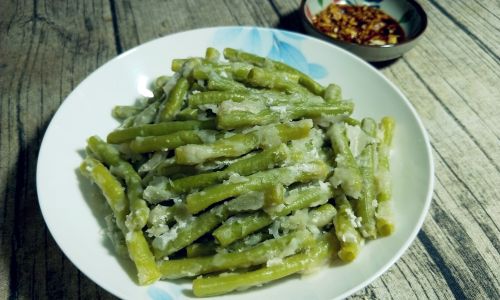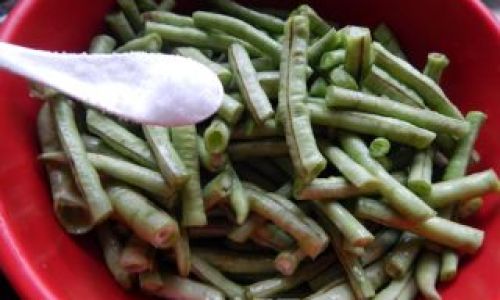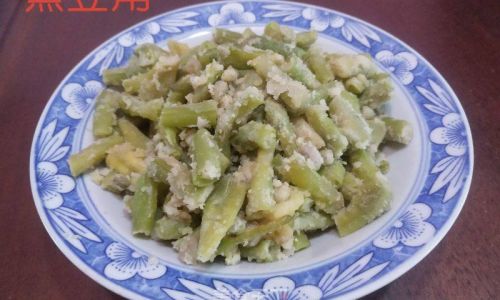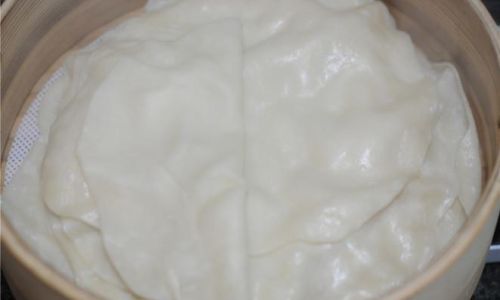Introduction

Steaming vegetables is a timeless culinary technique that preserves the natural flavors, vibrant colors, and nutritional value of fresh produce. Among the myriad of vegetables that can be transformed into a delightful steamed dish, green beans stand out for their crisp texture and subtle sweetness. However, the art of steaming extends beyond just green beans; it encompasses a wide variety of vegetables, each with its unique characteristics and optimal steaming times. This guide aims to demystify the process of steaming green beans and other vegetables, ensuring that your kitchen becomes a haven for nutritious and flavorful steamed dishes.
Understanding the Basics of Steaming
Before diving into specific recipes, it’s crucial to grasp the fundamentals of steaming. Steaming involves cooking food by suspending it above boiling water, allowing the steam to gently cook the ingredients without direct contact with the liquid. This method retains moisture, enhances flavors, and preserves vitamins and minerals better than boiling or frying.
Equipment Needed
- Steamer Basket or Rack: This is the cornerstone of steaming. It fits inside a pot or wok, keeping the food above the boiling water.
- Pot with Lid: A large, heavy-bottomed pot with a tight-fitting lid is ideal to maintain the steam.
- Tongs or Chopsticks: For handling hot, steamed vegetables without burning your fingers.
- Colander or Strainer: Useful for rinsing vegetables before steaming.
- Heat-Resistant Serving Dish: For transferring the steamed vegetables to the table.
Choosing the Right Vegetables
When selecting vegetables for steaming, consider their texture, cooking time, and flavor profile. Green beans are an excellent choice due to their quick cooking time and ability to retain a crisp-tender texture. Other suitable vegetables include broccoli, carrots, asparagus, bell peppers, and spinach. Mix and match based on your preferences and seasonal availability.
Preparation Techniques

- Trimming and Cleaning: Remove any stems, ends, or tough outer layers. Rinse vegetables thoroughly under cold running water. For vegetables like carrots, peeling may be necessary.
- Sizing and Shaping: Cut larger vegetables into uniform pieces to ensure even cooking. For instance, slice carrots into sticks or halve bell peppers.
- Blanching (Optional): For vegetables with thicker skins or longer cooking times, a quick blanch in boiling water before steaming can help soften them slightly.
Step-by-Step Guide to Steaming Green Beans and Other Vegetables
Step 1: Fill the Pot
Add enough water to your pot to reach just below the bottom of the steamer basket or rack. Bring the water to a rolling boil over high heat.
Step 2: Prepare the Vegetables
While the water is heating, prepare your vegetables. For green beans, trim the ends and rinse them well. If steaming a mix of vegetables, ensure they are all cut to similar sizes for even cooking.
Step 3: Arrange in the Steamer Basket
Place the prepared vegetables in the steamer basket in a single layer, avoiding overcrowding. Overcrowding can reduce steam circulation, leading to uneven cooking.

Step 4: Cover and Steam
Lower the steamer basket into the pot and cover immediately with the lid. Reduce the heat to medium-high to maintain a steady steam without the water boiling over.
Step 5: Monitor the Cooking Time
Steaming times vary depending on the vegetable type and desired doneness. As a general guideline:
- Green Beans: Steam for about 5-7 minutes until crisp-tender.
- Broccoli Florets: Steam for 6-8 minutes until vibrant green and tender.
- Carrot Sticks: Steam for about 10-12 minutes until fork-tender.
- Asparagus Spears: Steam for 6-9 minutes, depending on thickness.
- Bell Pepper Slices: Steam for 3-5 minutes until just tender.
- Spinach Leaves: Steam for just 1-2 minutes until wilted.
Use tongs or chopsticks to gently check for doneness. Overcooking can turn vegetables mushy and lose their vibrant color.
Step 6: Serve Hot
Carefully remove the steamer basket from the pot. Transfer the steamed vegetables to a heat-resistant serving dish. Serve immediately to retain their heat and freshness.

Enhancing Flavor with Seasonings and Sauces
While steaming preserves the natural flavors of vegetables, a touch of seasoning or sauce can elevate your dish to new heights. Here are some ideas:
- Simple Seasoning: A sprinkle of sea salt, freshly ground black pepper, and a pinch of garlic powder can transform plain steamed vegetables.
- Olive Oil and Lemon Juice: Drizzle with extra virgin olive oil and a squeeze of fresh lemon juice for a bright, refreshing taste.
- Soy Sauce and Sesame Oil: For an Asian-inspired flavor, mix a little soy sauce with sesame oil and drizzle over the steamed vegetables.
- Herb Butter: Melt butter with chopped fresh herbs like parsley, thyme, or dill, and toss the steamed vegetables in it for a rich, aromatic finish.
- Vinaigrette: A light vinaigrette made with balsamic or rice vinegar, olive oil, honey, and mustard can add complexity to your steamed veggies.
Storage and Reheating Tips
Leftover steamed vegetables can be stored in an airtight container in the refrigerator for up to 3 days. To reheat, place them in a single layer on a microwave-safe plate and cover loosely with paper towels. Microwave until heated through, stirring occasionally to avoid hot spots. Alternatively, steam them gently for a few minutes until warmed up.
Conclusion
Steaming green beans and other vegetables is a simple yet powerful way to enjoy the bounty of nature’s produce. By mastering the basics of steaming, you can create nutritious, flavorful dishes that highlight the inherent beauty of fresh vegetables. Experiment with different vegetables, seasonings, and sauces to discover your favorite combinations. Remember, the key to successful steaming lies in attention to detail, patience, and a love for the ingredients you’re working with. With practice, you’ll soon be able to produce restaurant-quality steamed vegetables that delight your family and friends. Happy steaming!





0 comments